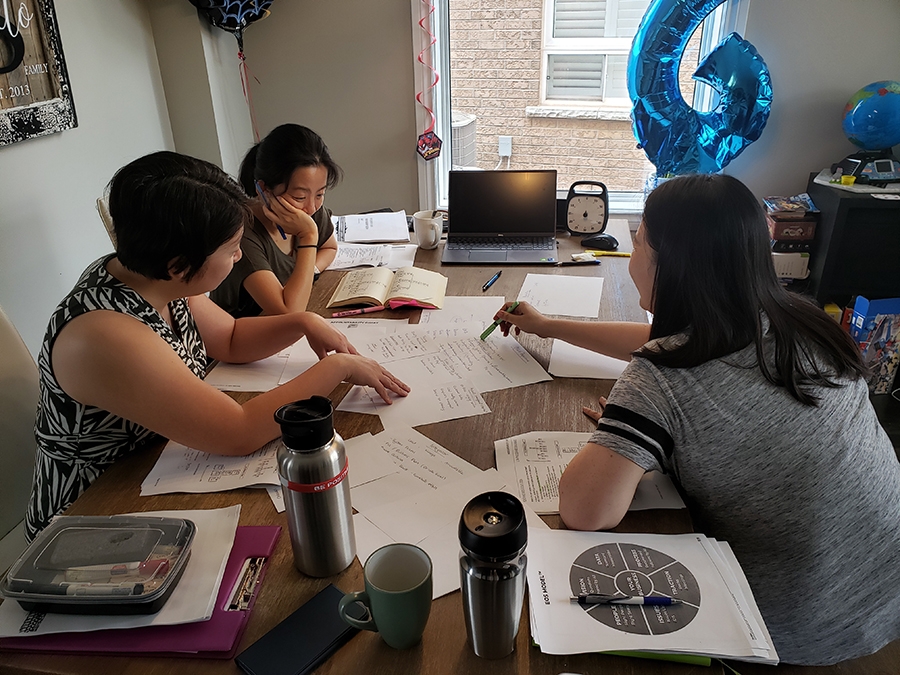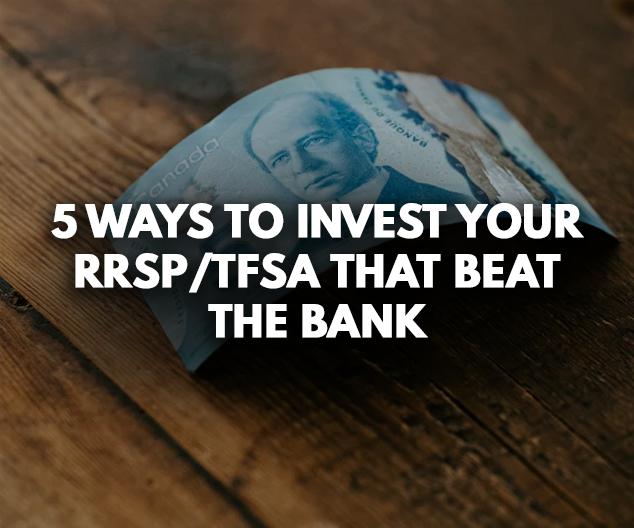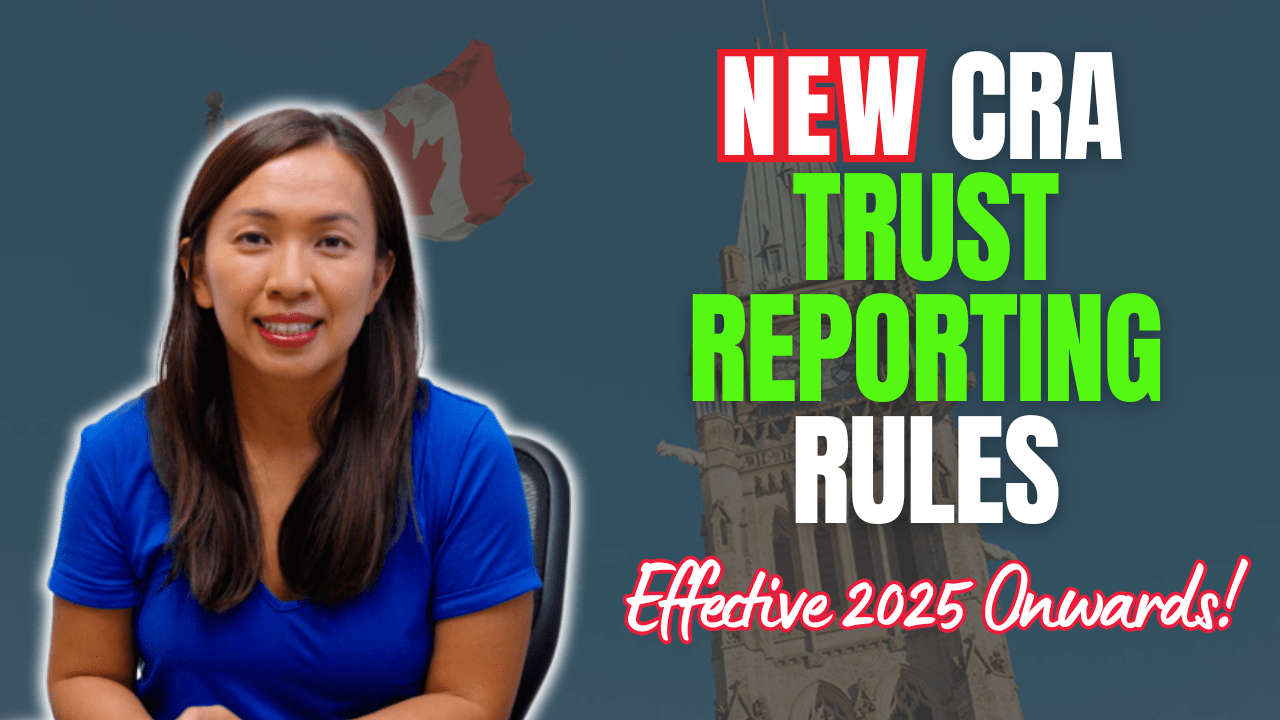
Many of our clients are real estate investors and real estate agents.
They often asked me how they could potentially lower the tax liabilities and how they could use their registered funds to invest in real estate.
What they are really asking me is … how do they maximize the return on investment using their registered funds.
Here’re the top 5 investment vehicles I’ve seen many of our investor clients used with their registered funds.
- Private lending
Many of our clients have great success at lending money privately using the funds in their registered accounts.
The return on investments ranges from the current mortgage rates offered by the bank to north of 15%.
The rate of return is driven primarily by the risks involved.
The lower the risk involved, the lower the rate.
Interest on first mortgages secured by a rental property usually is lower.
Rate of return is usually higher for unsecured promissory notes offered to a builder (as construction loan is generally riskier than a rental property with steady cash flow).
Benefit of doing private lending is that you see cash flow depositing in your account consistently.
Private mortgages are usually facilitated by a mortgage broker/lawyer.
- Investment in real estate investment trusts
I personally have a very small investment in a private real estate investment trust (“REIT”).
This private REIT invests in the Buy, Renovate, Rent and Refinance (BRRR) strategy on multi-unit residential buildings in Southern Ontario and it provides 6% return annually and has increased in value since.
Minimum investment is usually $25,000.
Usually, to invest this much in a company, you would have to be an “Eligible Investor” in Ontario. This means that you either would need to have net assets of $400K or you make more than $75K income in the last two calendar years.
You don’t have to qualify as an Eligible Investor to invest in a private REIT, you can simply purchase Real Estate Investment Trust unit trading in the stock market that provides consistent return as well.
- Investment in land development deals
We also use our registered funds to invest in land development deals.
Typically, these land development deals are setup as limited partnership. Each investor would purchase one limited partnership unit.
Typically, minimum investment is around $25,000.
Similar to investing in private REIT, you are required to be an “eligible investor” in Ontario.
Upside of investing in land development deals is that you get to share the upside of land development or being the builder WITHOUT all the work involved.
Typically, the upside is significant.
Downside is that you won’t see much cash flow during the investment period. And as you know, land development usually requires a number of years to complete. This means that your money is tied up for the entire investment horizon.
Another downside is that you might not be able to liquidate your investment easily.
If you have no intention to withdraw your RRSP or TFSA anyway, investing in these land development deals can significantly enhance your return.
- Stock investment (coupled with selling options)
We all know that we can invest in the stock market using our TFSA/RRSP funds.
What you might not know is that you could enhance your return by selling options against the shares that you own in your registered account.
Say you own 100 shares of AMD, which is currently trading at $87.
AMD is a stock that does not really pay dividends.
If you want to enhance your return on investment, you can choose to sell an option called “Covered Calls” against the 100 shares that you own.
By selling the covered call option, you agree to sell the AMD shares at a predetermined price at a specific date.
Say, you want to sell AMD at $100. You can choose that $100 as a “strike” price and then choose an expiry date. Someone may be willing to pay you upfront for the right to buy your AMD shares at $100.
Let’s say they pay you $0.50 per share for the right to buy AMD at $100 by October. $0.50 x 100 shares = $50 deposited into your account immediately.
If AMD is above $100 when the expiry date arrives, you keep the $50 and your shares are “called away,” you’re paid $100 per share.
If AMD is below $100 when the expiry date arrives, you keep the $50 and the shares stay in your account. Then you can write another covered call.
It’s like a rent-to-own. You collect an option consideration up front and agree on the future sale price. If the tenant buyer carries through with the sale, you’ve made money on the option consideration fee and profit on the sale price.
If they don’t buy, you could find another tenant buyer and collect another option consideration fee.
Back to stocks and registered funds. Doing covered calls over and over again effectively reduces your cost basis for AMD.
Your purchase price: $87
Your Covered call Premium: $0.50 per share
New cost basis: $86.50
When you eventually decide to sell your AMD shares, the return on investment will be higher.
- Stock option trading (Deep in the money call)
There is a way to profit from stock price growth in your TFSA without actually owning stocks.
And this strategy actually lets you control the stocks at 50% – 70% of the stock price.
It’s called a deep-in-the-money call.
In the previous example, you sold covered calls using your shares as collateral.
Well, you could BUY a call too, but you don’t have to have shares in your account for that. Let’s stick with AMD for this example.
If the current price of AMD is $87, you may be able to buy a call at the $45 strike price. That call contract may cost you $42.00 per share. Because every options contract is 100 shares, the total cost of that call contract is $4200.
You now have control of 100 shares of AMD and you’ve only paid $4200 vs. $8700 it would have cost to buy shares outright.
As the price of AMD rises or falls, the value of your contract will rise and fall with it.
The best outcome in this case is that AMD “goes to the moon.” Maybe it doubles in price to $174. Your call contract would roughly double as well and you could sell it at $8400.
You just captured all of the movement of AMD (100% return on investment) but only invested about 50% of the cost of actual AMD shares.
And because you bought and sold that call in a TFSA or RRSP, that profit isn’t subject to tax.
Cool little strategies, right? This is why we call it stock “hacking.”
And this is also why Erwin and I teach Stock Hacking to as many people as we can. We want everyone to know these strategies.
These are only a couple strategies that we use.
If you want to find out how we use these option trading strategies to enhance our return, sign up for the Stock Hacker Academy free demo.
Until next time, happy Canadian Real Estate investing (and stock hacking 😉).
Cherry Chan, CPA, CA
Your Real Estate Accountant






Ken
Thanks Cherry for these ideas. It’s always awesome to read from you. I did not realize you could trade deep in the money calls in TFSA or other registered accounts. I’ve only done covered calls. And thanks to you and Erwin as I got motivated to start Options trading after attending one of your prior events. I look forward to joining again tonight.